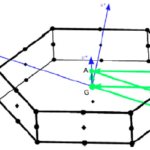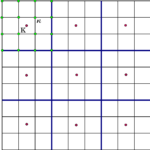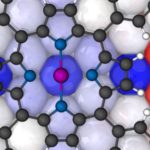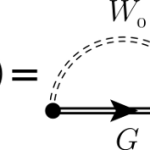Two-photon absorption in two-dimensional crystals
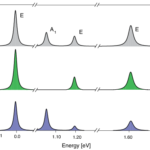
In this work we combine tight-binding calculations of the two-photon transition probability with sophisticated ab-initio real-time Bethe-Salpeter simulations of the two-photon resonance third-order susceptibility. This combination is a unique feature of this work: on the one hand the tight-binding calculations allow us to identify the symmetry properties of the excitons, on the other hand the… Read More

